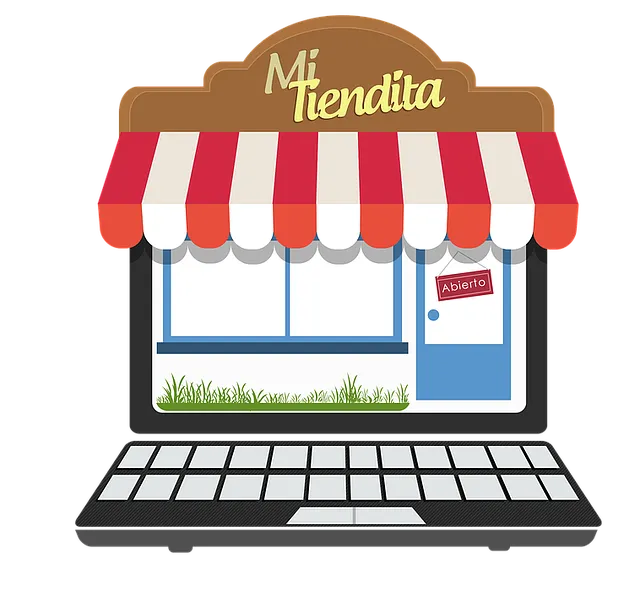In today's digital era, corporate executives in healthcare face significant challenges protecting patient data while browsing the web. "Stealthy Web Surfing for Corporate Executives Only" emphasizes the need for secure and private Internet access to safeguard sensitive information. Public Wi-Fi hotspots pose substantial risks due to unencrypted data vulnerability to cyberattacks, leading to data breaches or malware/ransomware spread. Private Internet Access (PIA) offers robust encryption protocols like OpenVPN and IKEv2, hiding IP addresses, and routing traffic through multiple servers, ensuring patient data remains anonymous and secure for medical professionals globally, even on untrusted networks.
In today’s digital age, medical professionals worldwide face an increasing need for secure and private internet access. With sensitive patient data at risk from public Wi-Fi networks and unencrypted connections, ensuring stealthy web surfing has become a critical concern. This article explores the growing necessity for private internet access in healthcare, delving into the risks of public Wi-Fi, the protection it offers, and how global organizations can implement secure browsing solutions tailored for corporate executives in medical fields.
- Understanding the Need for Private Internet Access in Healthcare
- The Risks of Public Wi-Fi and Unencrypted Data for Medical Professionals
- How Private Internet Access Protects Sensitive Patient Information
- Implementing Secure Browsing Solutions for Global Healthcare Organizations
Understanding the Need for Private Internet Access in Healthcare

In today’s digital age, medical professionals constantly navigate a complex web of sensitive patient data and confidential communications. The need for private Internet access is paramount to maintaining the integrity and security of this critical information. With increasing cyber threats and sophisticated hacking attempts, ensuring stealthy web surfing becomes a top priority, especially for corporate executives within healthcare organizations.
Private Internet access allows medical professionals to securely connect to networks and transmit data without leaving digital footprints that could compromise patient privacy. This is particularly crucial when accessing patient records, conducting remote consultations, or participating in research collaborations. By employing stealthy web surfing techniques, healthcare providers can protect themselves from potential online surveillance, ensuring that their activities remain confidential and compliant with strict data protection regulations.
The Risks of Public Wi-Fi and Unencrypted Data for Medical Professionals

Medical professionals, like all users, enjoy the convenience of public Wi-Fi hotspots while on the go. However, engaging in stealthy web surfing through such networks poses significant risks. Unencrypted data transmitted over public Wi-Fi can be easily intercepted by malicious actors, compromising sensitive patient information and violating healthcare privacy regulations.
The dangers are not limited to data breaches. Public networks often lack robust security measures, making them vulnerable to cyberattacks that could spread malware or ransomware. For medical professionals accessing electronic health records (EHRs) or conducting secure communications, these risks can have grave consequences. It’s crucial for healthcare providers to prioritize secure connections, such as those offered by Private Internet Access, to protect patient data and maintain the integrity of their workflows in today’s digital age.
How Private Internet Access Protects Sensitive Patient Information

Private Internet Access (PIA) offers medical professionals a secure and anonymous browsing experience, ensuring that sensitive patient information remains protected. PIA employs robust encryption protocols, such as OpenVPN and IKEv2, to create an impenetrable digital shield around user data, making it virtually impossible for hackers or malicious actors to intercept private communications. This is especially crucial in the healthcare sector, where electronic health records (EHRs) are a prime target for cybercriminals.
Moreover, PIA’s stealthy web surfing capabilities for corporate executives only further enhance security. By routing internet traffic through multiple encrypted servers and masks IP addresses, PIA hides users’ online activities, making it nearly indistinguishable from regular browsing. This anonymity prevents patient data from being linked to specific individuals or institutions, adding an extra layer of privacy protection.
Implementing Secure Browsing Solutions for Global Healthcare Organizations

In today’s digital age, healthcare organizations face unprecedented challenges when it comes to data security and privacy. With sensitive patient information being exchanged online, implementing robust secure browsing solutions is paramount. Private Internet Access (PIA), a leading VPN service provider, offers a stealthy web surfing option tailored for corporate executives and global healthcare professionals. This ensures that their online activities remain private and anonymous while accessing resources securely from anywhere in the world.
By utilizing PIA’s advanced encryption protocols, medical practitioners can navigate the web with peace of mind, knowing their data is protected. This is particularly crucial when dealing with confidential patient records or conducting research over untrusted networks. The service allows for a seamless experience, enabling professionals to access essential resources while maintaining strict confidentiality, thus fostering a secure environment for global healthcare collaboration and operations.
In today’s digital age, healthcare professionals face unprecedented challenges in safeguarding sensitive patient data. The need for private Internet access is no longer a consideration—it’s a necessity. By implementing secure browsing solutions, medical experts can ensure stealthy web surfing, protecting vital information from potential threats. Public Wi-Fi networks and unencrypted data pose significant risks, but with the right tools, healthcare organizations worldwide can revolutionize their online security measures, fostering a safer digital environment for both patients and practitioners.
